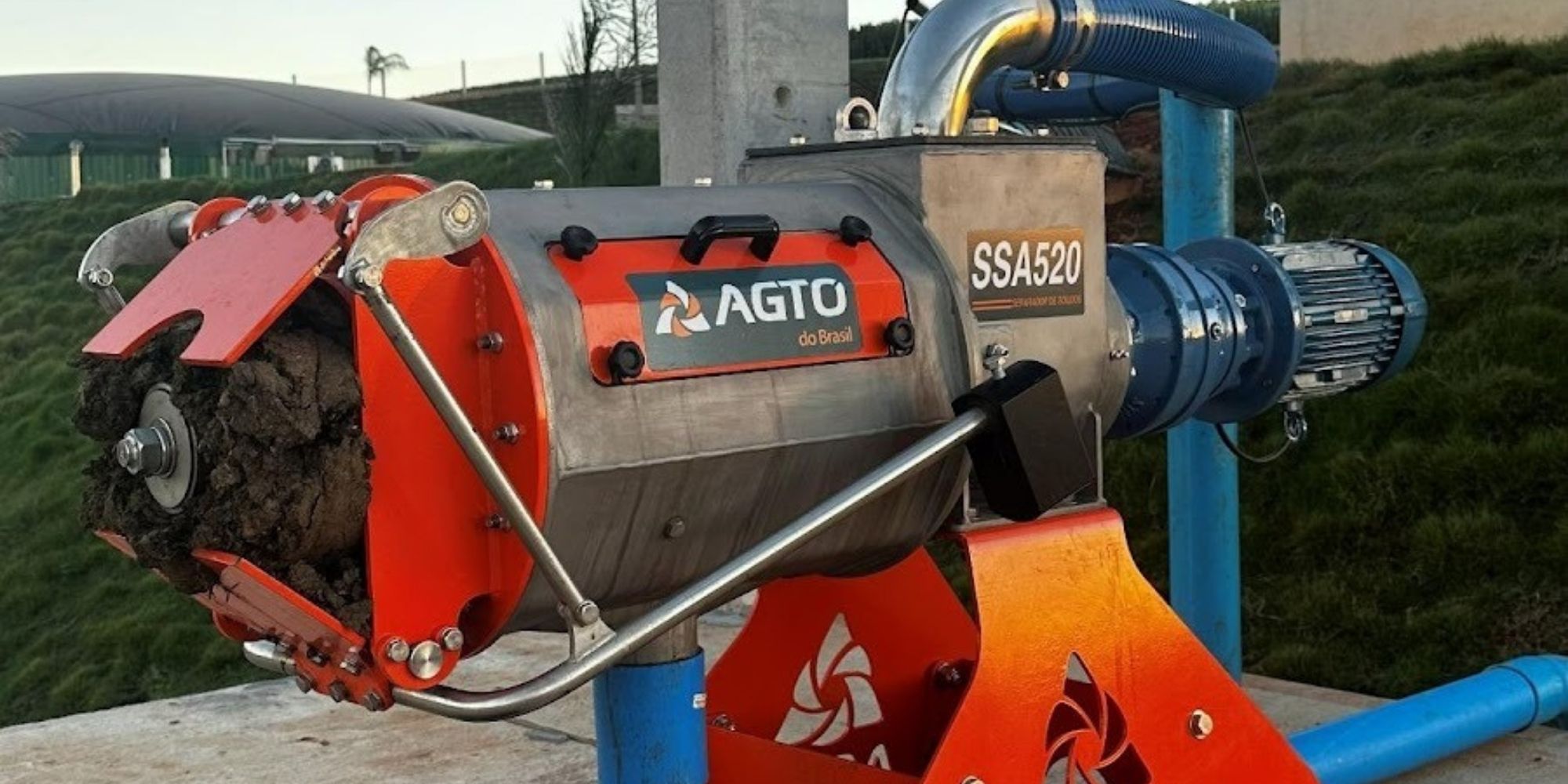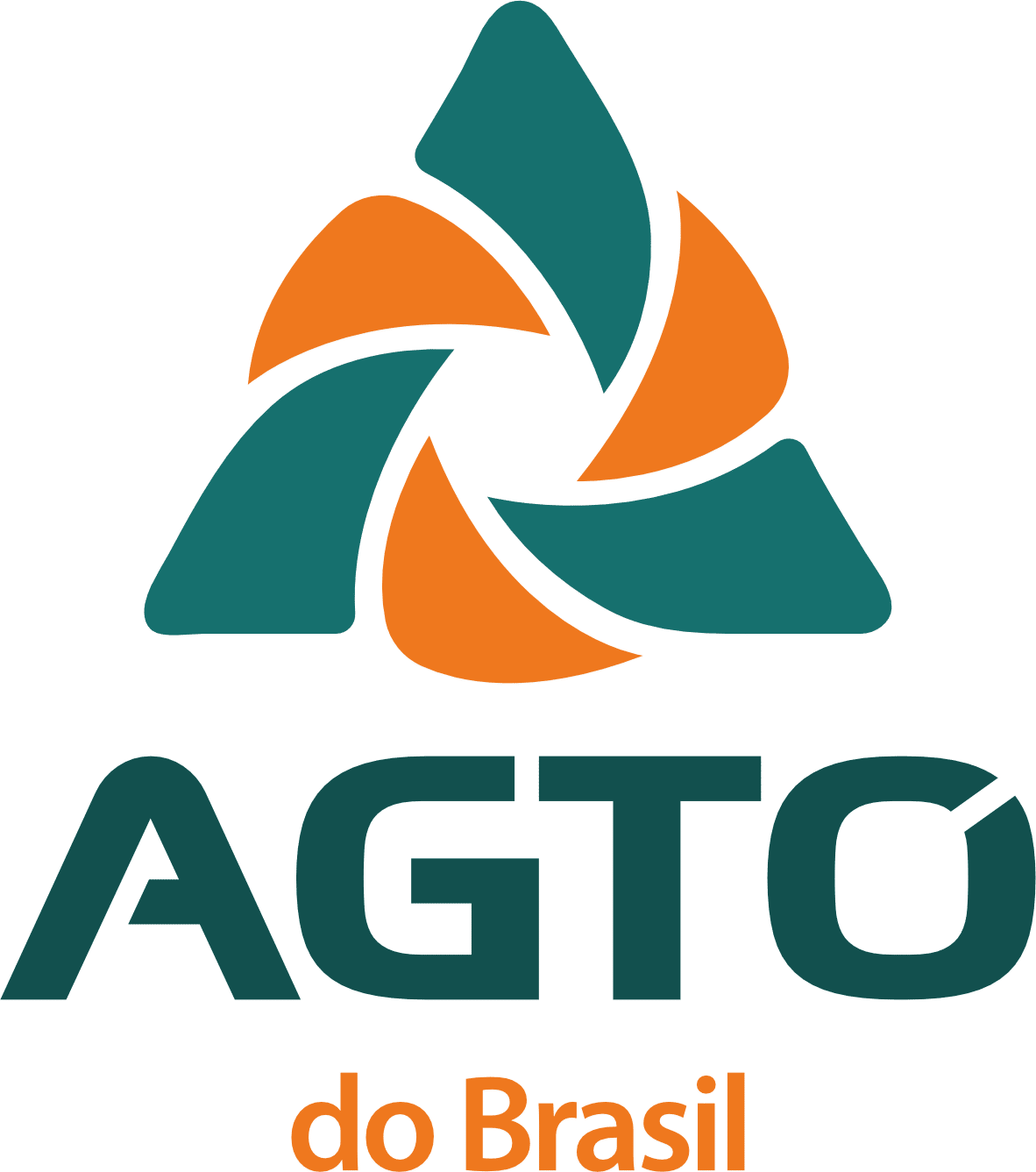Composting is another low-cost option. It is a biological digestion process, which can be aerobic (with the presence of oxygen), anaerobic (with the absence of oxygen) or mixed. The product humus is generated from the waste, an organic fertilizer of high agricultural and commercial value. Carried out by the aerobic process, composting is faster and better conducted, does not produce bad smells or the proliferation of flies. The main types are in windrows, piles or masonry boxes.
Integrated waste management can be obtained from recycling them, through the use of biodigesters that require a larger investment, but easily pay for themselves due to the generation of biofuel. After being diluted in water, the waste, placed inside the biodigesters, will undergo the fermentation process promoted by bacteria that act in the absence of oxygen. During this process, the waste will be transformed inside the biodigester into biofertilizer with the release of biogas, which can be used on the property as fuel. An ecological advantage is that when the gas is burned, methane is destroyed, which is very harmful to the environment. Another benefit is that biofertilizer is a high quality organic fertilizer. In addition, of course, to the economic gains due to the reduction in energy purchases.
Nowadays, technologies implemented on rural properties are generally chosen for their efficiency and economic profitability. However, these technological options must also take into account the environmental problems caused by the activity. The appropriate use of waste, on small and large rural properties, is a big step towards sustainable activity, bringing relevant gains to the activity, rural workers and the environment.
Adapted content.
By Juliane Morais.




